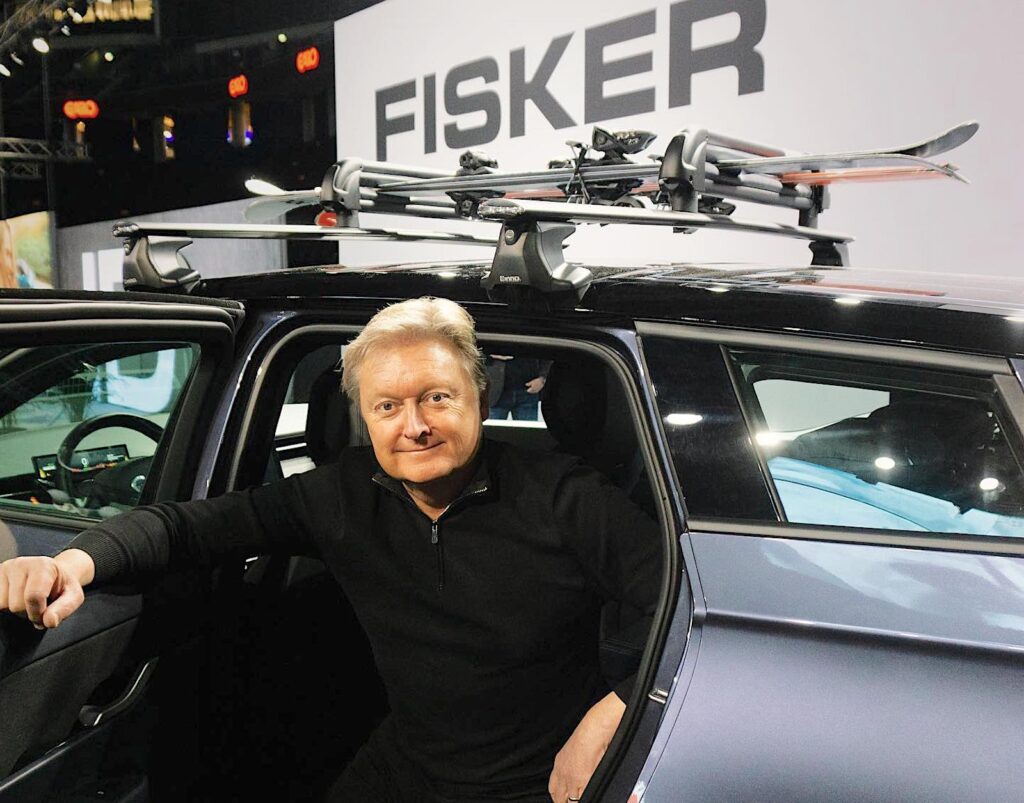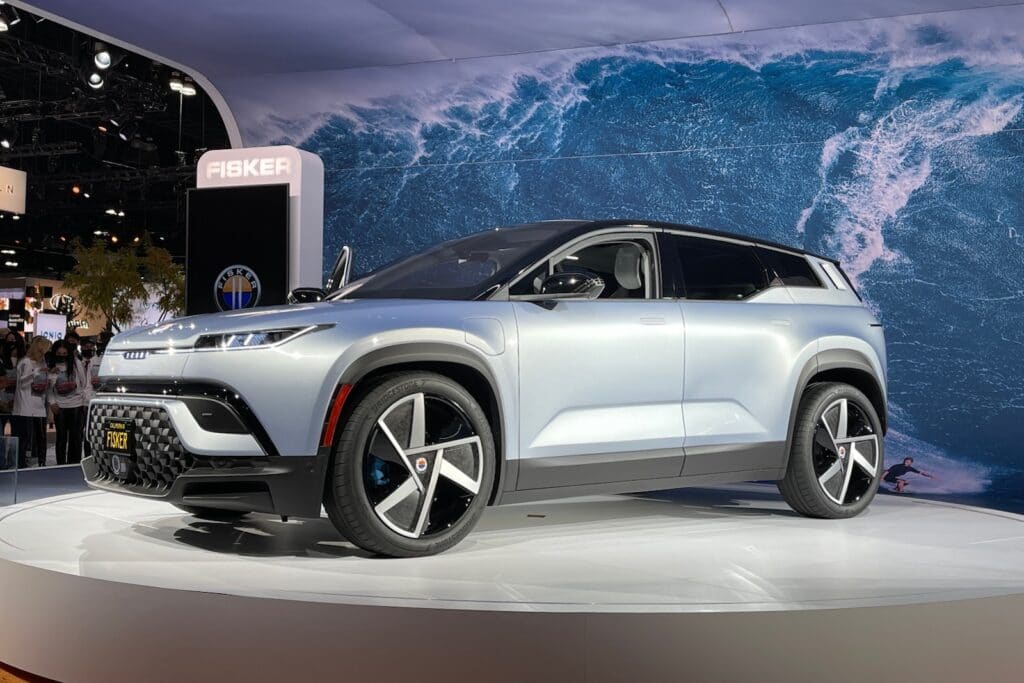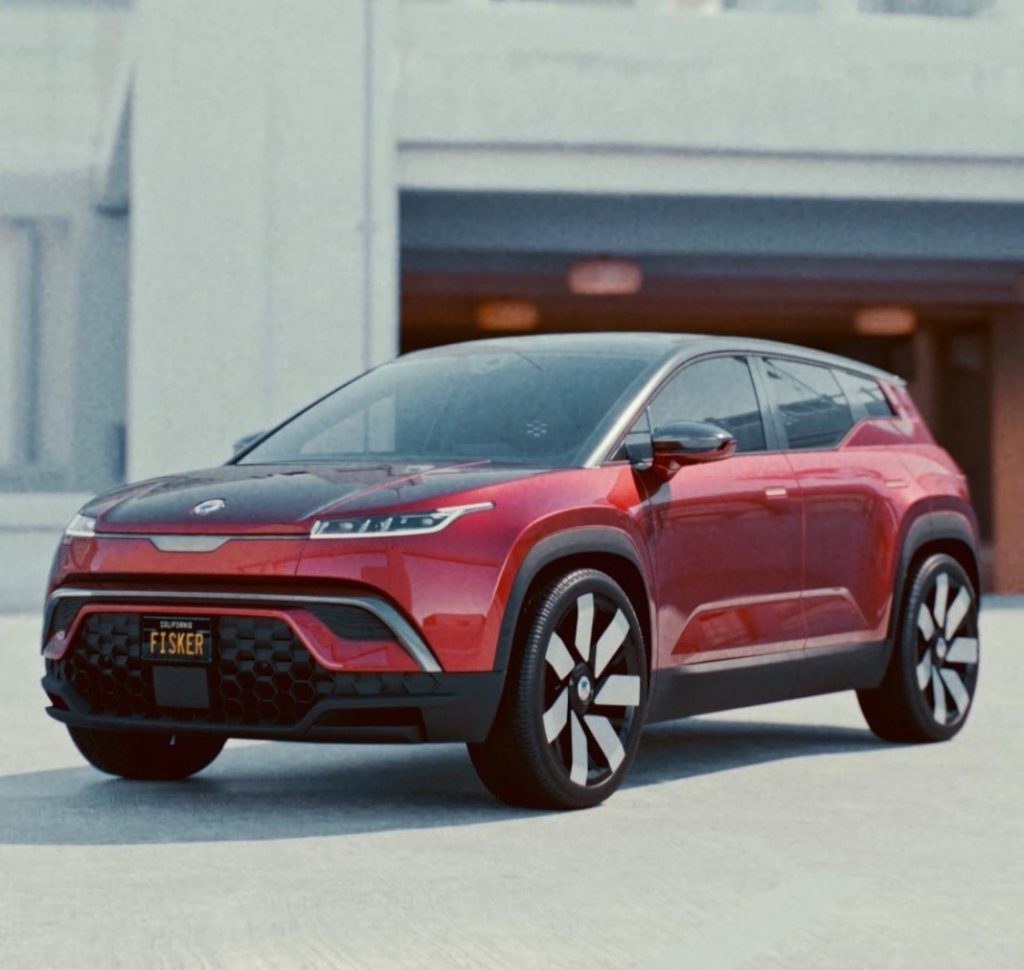Another Annual Loss for Fisker
For those following electric automotive startups, Fisker’s fiscal year 2022 results, announced on Monday, should sound familiar.

Fisker disclosed a larger-than-expected fourth quarter net loss of $170.1 million or 54 cents per share, which exceeded the analysts’ expected loss of 42 cents per share. This compares with Fisker’s net loss in 2021 of $138.4 million, or 47 cents per share. For the full year in 2022, the company lost $547.5 million, or $1.80 per share, compared with at $471.4 million loss, which equated to $1.61 per share.
The company said the $702 million it spent last year was below an anticipated $715 million to $790 million in spending. The company ended the year with a $736 million cash balance.
For the 2023 fiscal year, the company is expecting expenditures of $535 million to $610 million, offset by a potentially positive EBITDA for 2023 and 8%-12% annual gross margin. Still, with a $736 million cash balance and as little as $535 million in expenditures, which most likely will be higher, this could potentially leave Fisker in a precarious financial state unless appositive cash flow is realized or additional funding is acquired.
Putting the metal where their mouth is

But Fisker has made much of its 65,000 orders on hand for the Fisker Ocean, its first model. This cheered the Street, which seems to be whistling past the graveyard concerning the company’s relatively meager cash on hand and the fact that homologation testing hasn’t been completed, meaning Fiskers can’t be sold to consumers yet. However, the automaker expects testing to wrap up this month, clearing the way for sales to start.
So far, the company has built 56 vehicles, 15 for Magna Steyr’s fleet.
“This year we have continued to refine our vehicles, with a particular focus on software, as we prepare for deliveries,” said Henrik Fisker, chairman and CEO of Fisker, in a release. “We are the first startup to homologate two continents simultaneously. We have completed over 250 various tests and the teams are submitting these results continuously to regulatory authorities. The ability to initially sell the Ocean in the U.S. and seven European launch markets is unprecedented and a major de-risking strategy that we implemented from the outset. This approach offers the opportunity to increase sales and shift vehicles to whichever market has the strongest growth.”

Still, no guarantees
While production may seem like a panacea, it’s no sure road to profitability.
Consider Lucid, which built 7,180 vehicles in 2022. Last week, the company reported a 28-cent loss per share, less than the 64-cebt loss per share it reported a year ago on full-year revenue of $257.7 million. While the company says that it will produce 14,000 high-end electric vehicles in 2023, this is less than analysts’ projection of more than 20,000 vehicles. This led the stock to tank last week, despite its rosy projections and access to far greater quantities of cash, thanks to its with $500 million in available credit and $4.4 billion in cash.
Then there’s Faraday Future. According to the company, its first model, the FF 91 Futurist, will begin production in Hanford, California on March 30, with deliveries arriving in April. But many thought, and some may still believe, that production will never begin, as the automaker has faced numerous financial issues. Last month, the company sent vehicles to China for its “Product and Technology Generation 2.0 program” aka testing and validation.
For Fisker, and its founder Henrik Fisker, this is a second chance at automotive glory. If the company doesn’t succeed, one wonders if Henrik will get a third.
Auto Lovers Land
Comments
Post a Comment